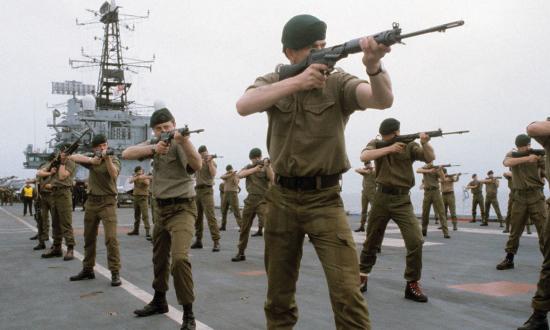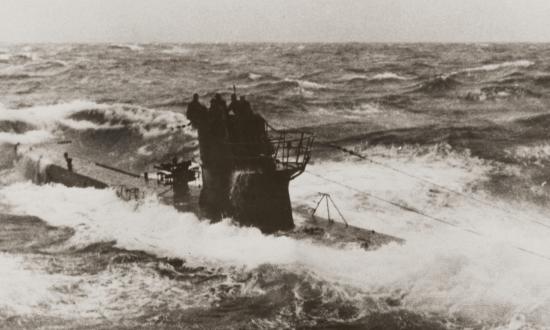One of the greatest naval victories in American history unfolded 80 years ago this June, as U.S. and Japanese forces clashed at the epochal Battle of Midway. Through the ensuing decades, so much ink has been expended on this most evergreen of topics that one wonders: What else could there be to learn about the 4–7 June 1942 battle? The answer would be: plenty.
As Jonathan Parshall points out in our Midway retrospective, our understanding of just what happened at Midway has evolved constantly. Parshall, coauthor of Shattered Sword, the definitive modern take on the battle, serves up a consummate operational overview as well as a thorough look at the literature on Midway through the years—and how our understanding of the momentous clash continues to grow.
Prior to Midway, another seminal Pacific war battle was fought 80 years ago, the 4–8 May 1942 Battle of the Coral Sea. History’s first sea fight in which the opposing ships never sighted nor fired directly on one another, the aircraft carrier–centric action was considered a tactical victory for Japan, but as John Prados notes, “The Americans had turned back the Japanese attempt to capture Port Moresby, and U.S. commanders had acquired priceless experience in the cadence and logic of carrier operations.” Prados also gives credit here to the crucial role of U.S. codebreakers in the lead-up to the battle, a role well acknowledged with Midway but unjustly less so with its predecessor.
The turnaround of fortune in the Pacific was welcome news to folks back home that June of ’42—where the other theater in America’s two-ocean war had come uncomfortably close to the Atlantic coast, courtesy of the German U-boat offensive that had been raging since January. Just off the entrance to the Chesapeake Bay, beachgoers bore witness to a shocking series of ship explosions within plain view. Yes, the culprit was a German U-boat, but no, the payload this time was not torpedoes—but mines, laid right in the heart of the Mid-Atlantic shipping lanes. Ed Offley’s gripping account underscores how the war was not some distant conflict for those on the Eastern Seaboard. Midway was 1,500 nautical miles from the West Coast—but on the East Coast, a U-boat from Adolf Hitler’s Kriegsmarine was just hundreds of yards offshore, cruising the channel between Cape Henry and Cape Charles.
It was through those selfsame capes that President Theodore Roosevelt’s Great White Fleet had passed as it departed Hampton Roads and embarked on its around-the-world show-of-strength tour in 1907. The handsome new warships formed an impressive display. But behind the scenes, some naval officers were concerned that the Great White Fleet might be a “Great White Elephant.” The articulator of these worries was Henry Reuterdahl, the Swedish-American painter/analyst whose artwork and writings pointed out potentially fatal flaws in U.S. ship design. Andrew K. Blackley offers a vivid profile here of the Navy’s amazing “artist of reform.”
Also in this issue, we present a naval historical whodunit—and a compelling new solution to a century-old mystery. It long has been thought that German saboteurs blew up the Mare Island Naval Ammunition Depot in 1917—but, as NCIS intelligence analyst Stephen C. Ruder unravels the skein of evidence, he comes up with a surprisingly different (and utterly convincing) new solution to the case.
Finally, frequent Proceedings contributor Sam Tangredi makes his Naval History feature debut with a journey back to the Middle Ages to explore a fascinating, and largely overlooked, topic: the role of maritime operations in the Great Crusades. Captain Tangredi chronicles the Siege of Damietta, Egypt, in 1218–19 and “one of history’s first specialized amphibious assault ships.” Thus has it always been, from the medieval to the modern: You need the right vessel for the mission at hand. And if said vessel doesn’t exist yet—you’d better invent it!
Eric Mills
Editor-in-Chief







